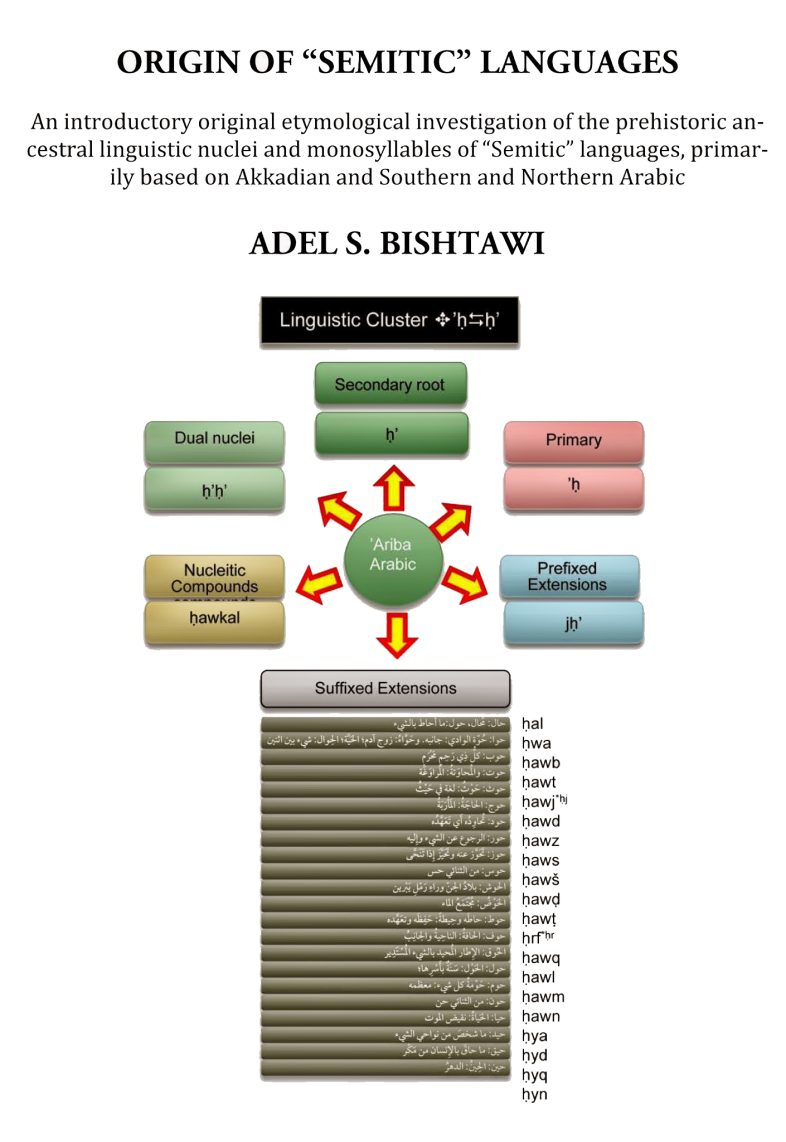The most common meaning of etymology is something like this: “the study of the origin of words and the way in which their meanings have changed throughout history,” and “the origin of a word and the historical development of its meaning.”
Consulting a source such as Etymology Online Dictionary on the origin of the word itself (etymology) would yield the following: “facts of the origin and development of a word,” from Old French etimologie, ethimologie (14c., Modern French étymologie), from Latin etymologia, from Greek etymologia “analysis of a word to find its true origin,” properly “study of the true sense (of a word),” with -logia“study of, a speaking of” (see -logy) + etymon “true sense,” neuter of etymos “true, real, actual,” related to eteos “true,” which perhaps is cognate with Sanskrit satyah, Gothic sunjis, Old English soð “true.”
Probably, the word is a compound of *’T + *M’ + *L’ + *G’. Like most compounds, they have a literal meaning and a consensus or idiomatic meaning. Providing a correct meaning of “etymology” would require providing a correct meaning of each of the flour possible Stone Age biliteral roots. Only then, it may be possible to understand why these particular four biliteral roots were chosen, and what meaning or meanings of each biliteral root was intended as they could have several.
Therefore, etymology as understood is different from Primary Applied Etymology we have developed. In most cases, each word was chosen to communicate a certain thing or idea. It is important to try to identify the correlation between the thing/idea and the biliteral root assigned to it at the time or as close to that particular time as possible.
Suppose we look at an Ancient Arabian compound such as nayzak “meteorite” formed by jhoing two different Stone Age biliteral roots: *N’ and *ZK. As in most cases, meanings were piled on the invented root but in this case the closest meaning of *N’ is “far, away, distgant.” The second biliteral root, *ZK, has several meaning one of which is “to walk in an unsteady way.”
Apparently, our Stone Age ancestors watched an object deep in the sky hurtling towards them in an even way. What effect the meteorite left is not known but a word was invented to describe it. This can be a definite proof that our ancestors saw meteorites slamming their grounds.
We have a Google Plus page we called PRIMARY APPLIED ETYMOLOGY (PAE). Probably 30,000 potential readers found the posts of the page interesting as windows on the life of our ancient ancestors in the Stone Age were opened by PAE.
We used this page as well as other points to explain how we identify prehistoric roots and find their derivatives in Assyrian, Babylonian, Phonetician, old Yemeni and old Arabic extant dictionaries, literary and historical works and word lists. Added to these are the dialects of Syrians and Palestinians, the first is a wonderful mix of many ancient elements including Phonetician, Akkadian and Amorite. The second is essentially ancient Yemeni.
The plate below is for the linguistic unit ʼḥ/ḥʼ and all the derivatives of the bilateral root ḥʼ. It may not look much but this plate is almost sacred. It is about “life”. Our exceptionally clever ancestors associated life with water. If there is water there is life. From this bilateral root (made of two sounds or letters) ḥʼ ‘ḥawa’ “Eve”, the mother of us all, so she did exist, at least linguistically. However, if things exist linguistically most probably they did exist because people did not invent words for things they don’t know or they don’t have. The same, mostly, apply even today.
Also from the same root is ‘ḥaya’ “life”. Surprisingly, “snake” (ḥaya) is a suffixed specifier extension (root+letter) of ḥ’ (‘ is a very short ‘a’. ḥ is a strong ‘h’, a sound maybe made by somebody who feels very cold).
Why so? Because the ancients were mesmerised by how fast a snake can move and how flexible. So much so that the actional name of ‘verb’ is “snake”, the ultimate mover as far as they believed.
We are not using a ‘proper’ language or ‘proper’ images in our posts. We want you to feel relaxed with our posts and have some fun reading them but we can assure you the stuff is unique and as scientific as linguistically possible. We owe it to our clever ancestors. Their language may appear primitive but it is truly mathematically constructed, and so are the concepts of “correctness” and “justice”.
By the way how old do we think the linguistic unit ʼḥ/ḥʼ is? We don’t know but its presence is an indication that their language by this time was sufficiently communicative. Communicate languages are believed by some experts to have been developed 40,000-50,000 years ago.
The word ‘waḥa “oasis’ is from the same root but it is a prefixed specifier extension (letter+root). There is a description in one of the linguistic clusters of a place that resembles an oasis but we are not sure and we couldn’t confirm it. However, we have sufficient etymological and historical evidence to indicate the oldest habitat of one of the oldest groups of immigrants from Africa is probably located in south east Arabia.
Last modified: September 1, 2017



